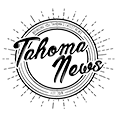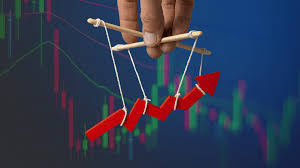The line between real information and misinformation has become increasingly blurred because of today’s social media presence in the population. Companies have used misleading information as a way to increase their prices. An example of this can be seen during COVID-19, the Beef Shortage Panic. On social media, meat producers and grocery stores warned people about “nationwide meat shortages” Even though there were shortages of beef, there was still meat being made. Some reporters had exaggerated the impact of shortages and grocery stores claimed to have inflated the prices unnecessarily. Many people on the internet like to exaggerate and mislead information about shortages all the time and once people start to panic, they make sure everyone else is being fed these lies. These exaggerated claims and manipulated narratives are designed to justify price hikes or create fake demand. 
The earliest highly impacted false shortage claim was the Toilet Paper Shortage during early COVID-19. What happened was rumors going around on social media and news outlets claiming that toilet paper would run out. The truth was there was no shortage, and it caused a spike in demand for panic buying. Ever since COVID-19 many false supply shortages have been made to make people panic buy, thinking the prices will continue to go up. The use of false supply shortages can absolutely mess with the economy and make our prices higher.
A more recent and currently impacting time when fake news was spread was the Egg Shortage During Bird Flu. Headlines and social media platforms exaggerated the impact of avian flu, making it seem like eggs would disappear. While avian flu did affect supply, not every region was affected by this and the price going up was not justified. Investigations found price gouging among large egg producers. Currently, in the U.S. the average cost of a dozen eggs reached $4.95 in January, which is a 60% increase from the previous year. Egg prices were already impacted by inflation and supply chain disruptions. The false egg shortage shows how grocery stores choose to manipulate their prices in a stubborn and selfish way to gain customer sales.
When grocery stores spread fake news, it can cause fuel panic buying from consumers, justify price hikes, whether ethical or not, and cause long-term inflation even after the situation stabilizes. When people hear that something is going to run out, they rush to buy more than they need. This panic spikes demand, clears shelves, and triggers an actual shortage that wasn’t there to begin with. A worker at Fred Meyer, Marnie Willis, said that, “I can’t fully express how annoying and frustrating it was when I saw the toilet paper shelves go empty non-stop and having to refill them over and over again, just to find out, we were never going to run out.” I think next time if there’s ever fake news on shortages we should come together as a community and warn others not to panic buy to stop companies from manipulating consumers.









